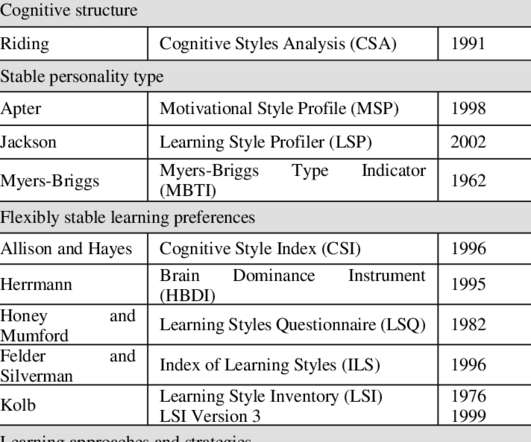Online Learning and Self-Determination Theory
B Online Learning
MAY 2, 2017
Motivation is the energising force that initiates and sustains behaviour and is valuable because it produces results (Ryan and Deci, 2000). Numerous motivation theories focus on the amount of motivation, with a larger quantity said to result in the achievement of goals. They aren’t looking to gain anything from the activity they enjoy.


















































Let's personalize your content